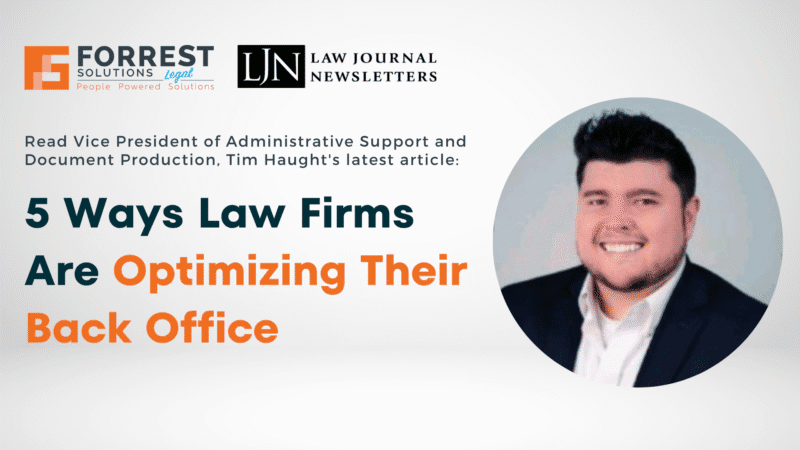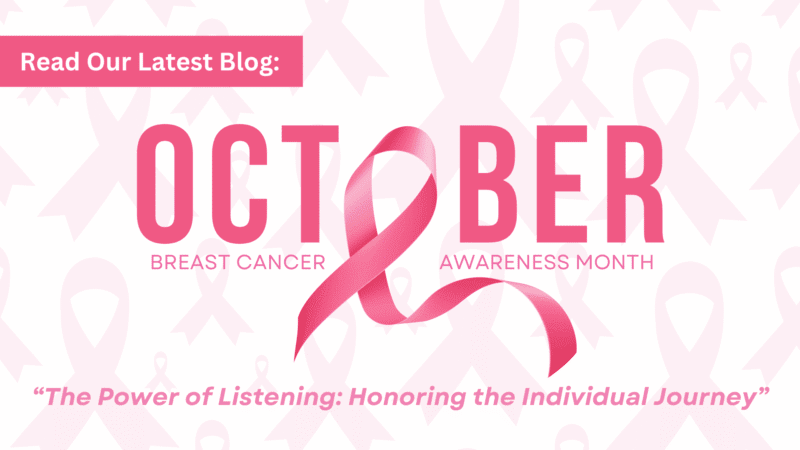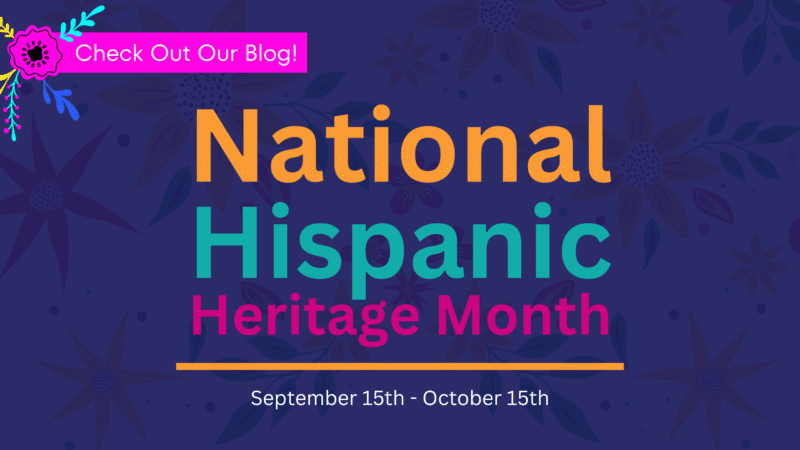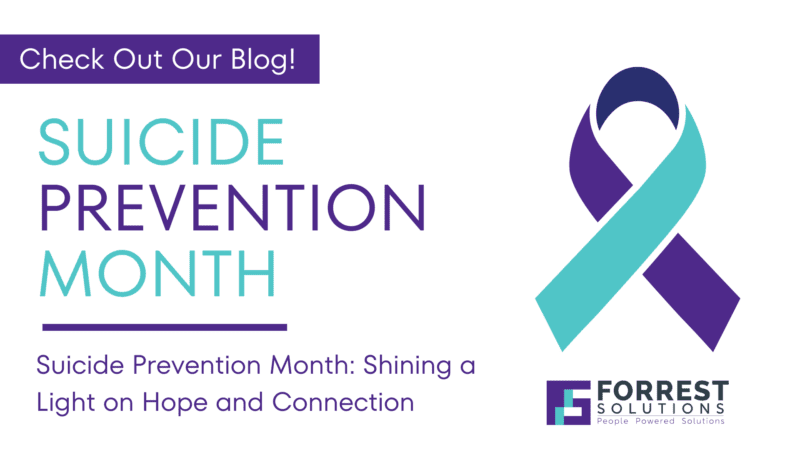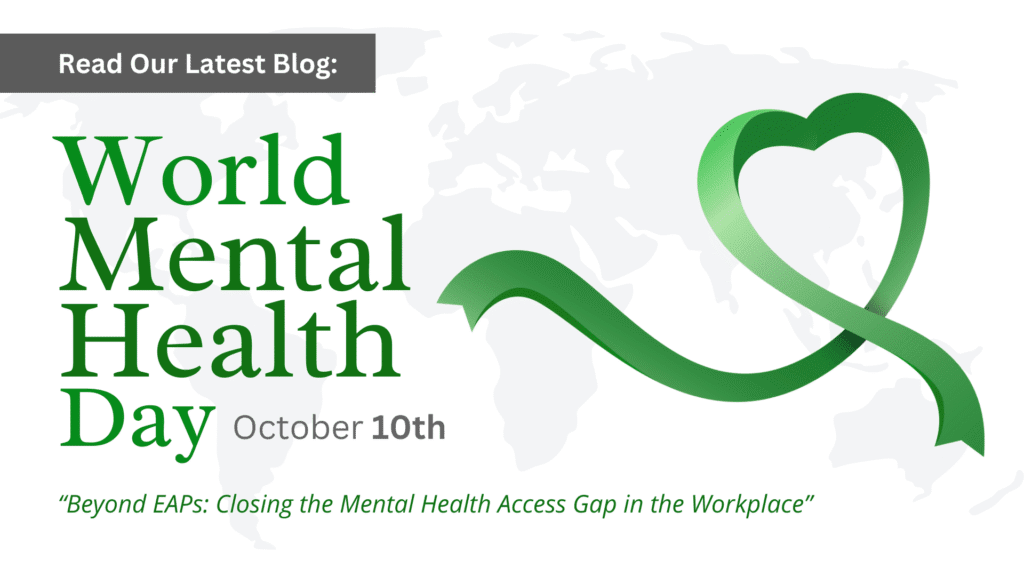
Each year, World Mental Health Day calls attention to the global state of wellbeing, and this year’s theme — Access to services: mental health in catastrophes and emergencies — feels particularly timely. While we tend to associate “catastrophes” with large-scale disasters, the truth is that many employees experience their own quiet emergencies every day: burnout, grief, financial stress, or the lasting effects of global events that shake our sense of safety.
In the workplace, these crises rarely arrive with warning sirens. They unfold quietly, in late-night emails, missed deadlines, or the colleague who suddenly seems withdrawn. And yet, access to timely mental health care remains one of the biggest gaps in employee wellbeing strategies.
The limits of traditional support
For decades, Employee Assistance Programs (EAPs) have served as the go-to solution for organizations seeking to support mental health. While valuable, these programs often fall short. Awareness is low, usage rates hover in the single digits, and wait times for appointments can stretch for weeks. In moments of personal crisis, that delay can make the difference between getting help and giving up.
The issue isn’t a lack of goodwill — most organizations genuinely want to support their people — but rather a mismatch between intent and access. We’ve built programs for stability, not agility. When stress levels spike due to sudden change — a merger, leadership shift, or world event — employees need immediate, frictionless access to support, not a phone number buried in a benefits portal.
Meeting employees where they are
Closing the access gap starts with meeting employees where they already spend their time. Modern solutions integrate mental health support directly into digital workflows — apps that offer text-based therapy, on-demand counseling sessions, or guided meditation right from a smartphone. These tools make care less intimidating and more immediate, especially for younger generations who are accustomed to digital convenience.
Equally important is manager training. Leaders are often the first to notice when something is off, but without the right language or confidence, they may stay silent. Equipping managers with practical tools — how to check in, how to listen without judgment, how to refer someone to resources — transforms them into the first line of psychological support.
Building a culture of proactive care
Accessibility also means normalizing conversations around mental health before a crisis hits. Regularly promoting wellbeing resources, inviting mental health speakers, and encouraging leaders to share their own stories all help dismantle the stigma that keeps employees from reaching out. When people believe that asking for help is a sign of strength, not weakness, utilization naturally increases.
Flexibility is another form of access. Simple policy shifts — flexible schedules, mental health days, or the option to work remotely during difficult times — can create breathing room when life feels overwhelming. Access isn’t only about therapy sessions; it’s about an environment that adapts to human needs.
From reactive to resilient
The most forward-thinking organizations are moving beyond reactive care to build resilient cultures. They recognize that supporting mental health during “everyday emergencies” — not just during global crises — keeps teams engaged, creative, and connected. It’s an investment in continuity, productivity, and trust.
When we talk about “access to services,” we should remember that the workplace is often where help begins. Whether it’s ensuring benefits are easy to navigate, offering multiple entry points to care, or simply fostering an atmosphere of openness, access is not just a policy — it’s a promise.
A call to leadership
This World Mental Health Day, let’s challenge ourselves to think beyond EAPs and crisis hotlines. True access means removing friction, closing gaps, and designing workplaces where mental health support is as visible and expected as physical safety measures.
Because when we expand access — not only during catastrophes, but in the quieter emergencies of everyday life — we create workplaces where people can truly thrive.
